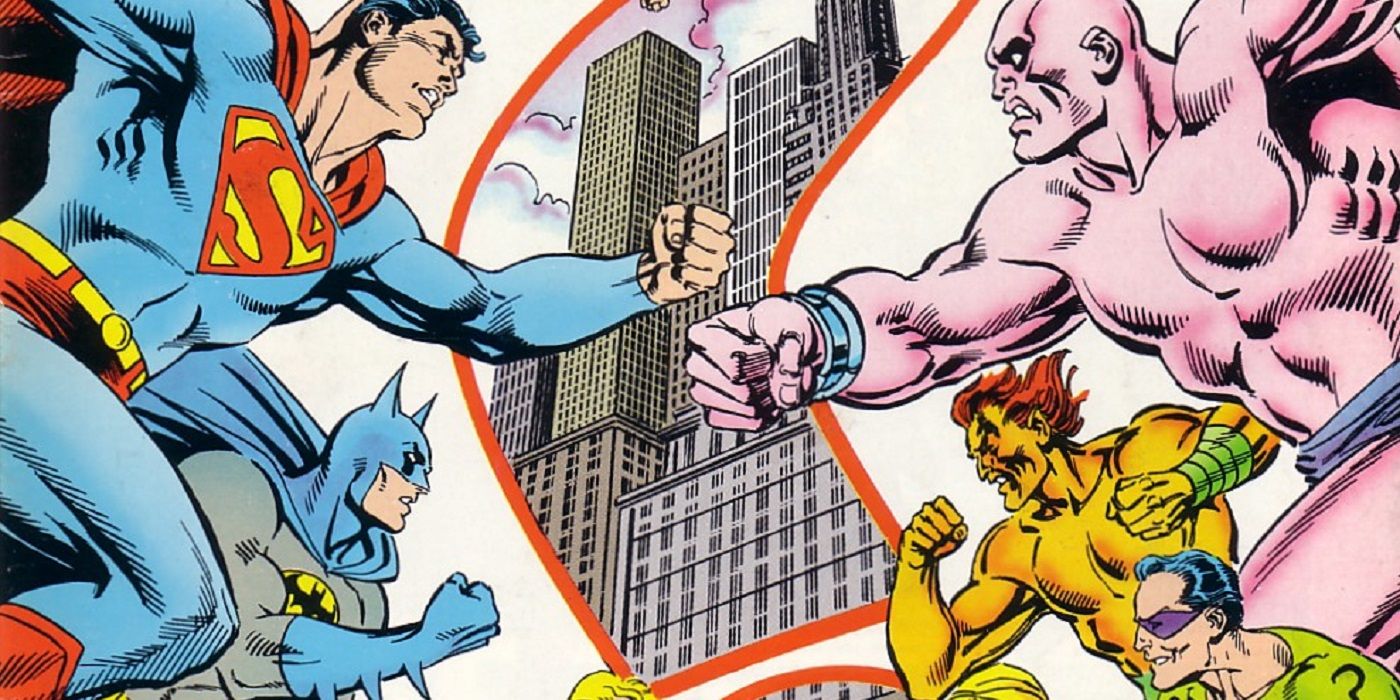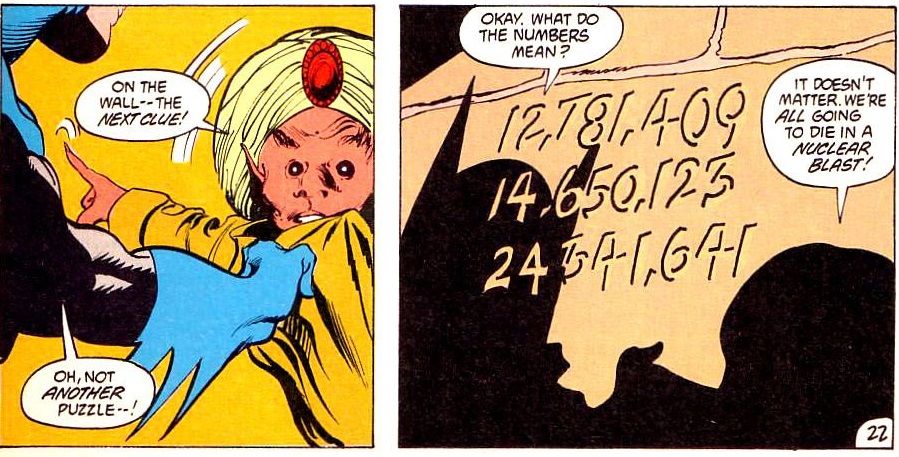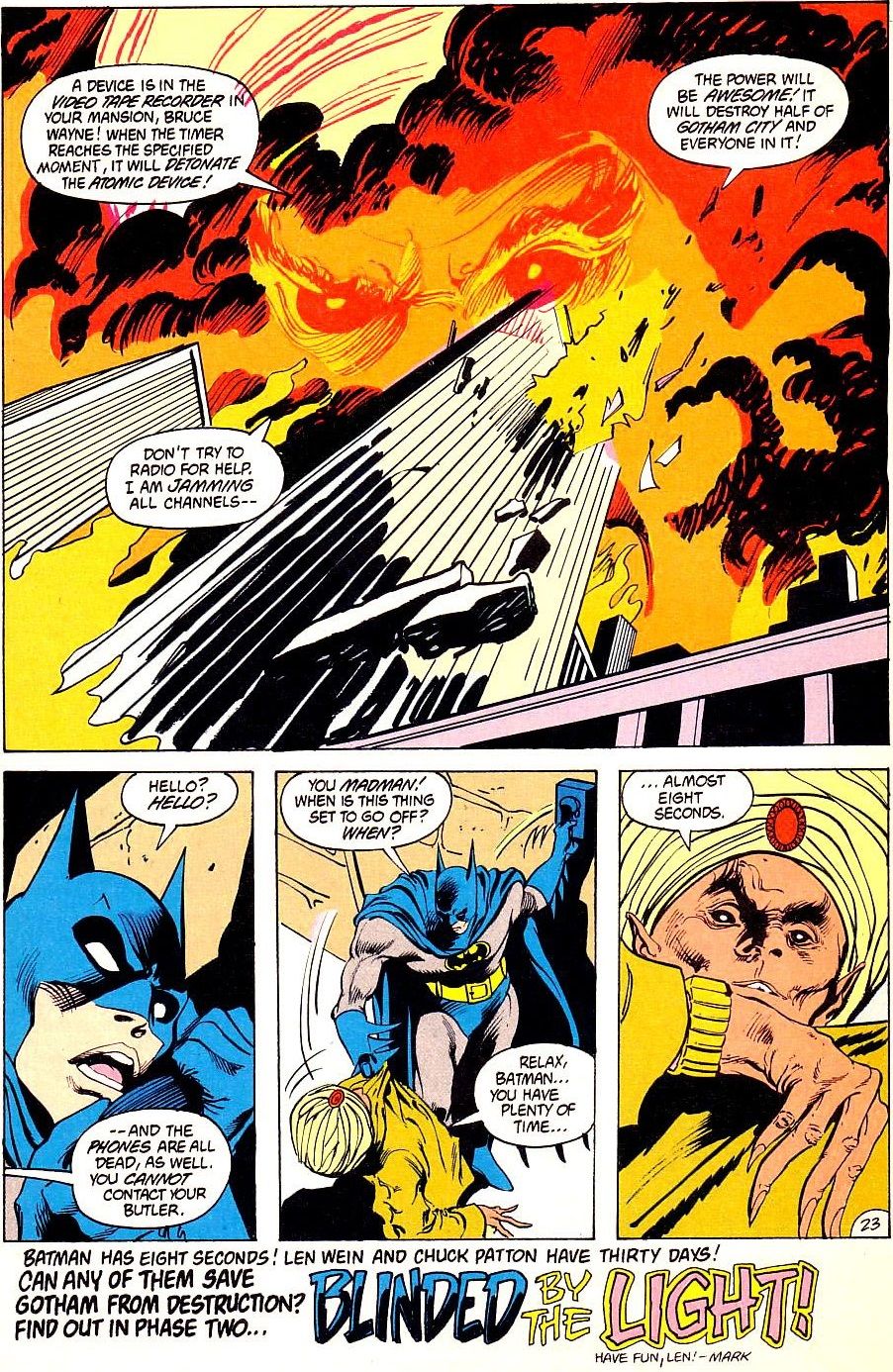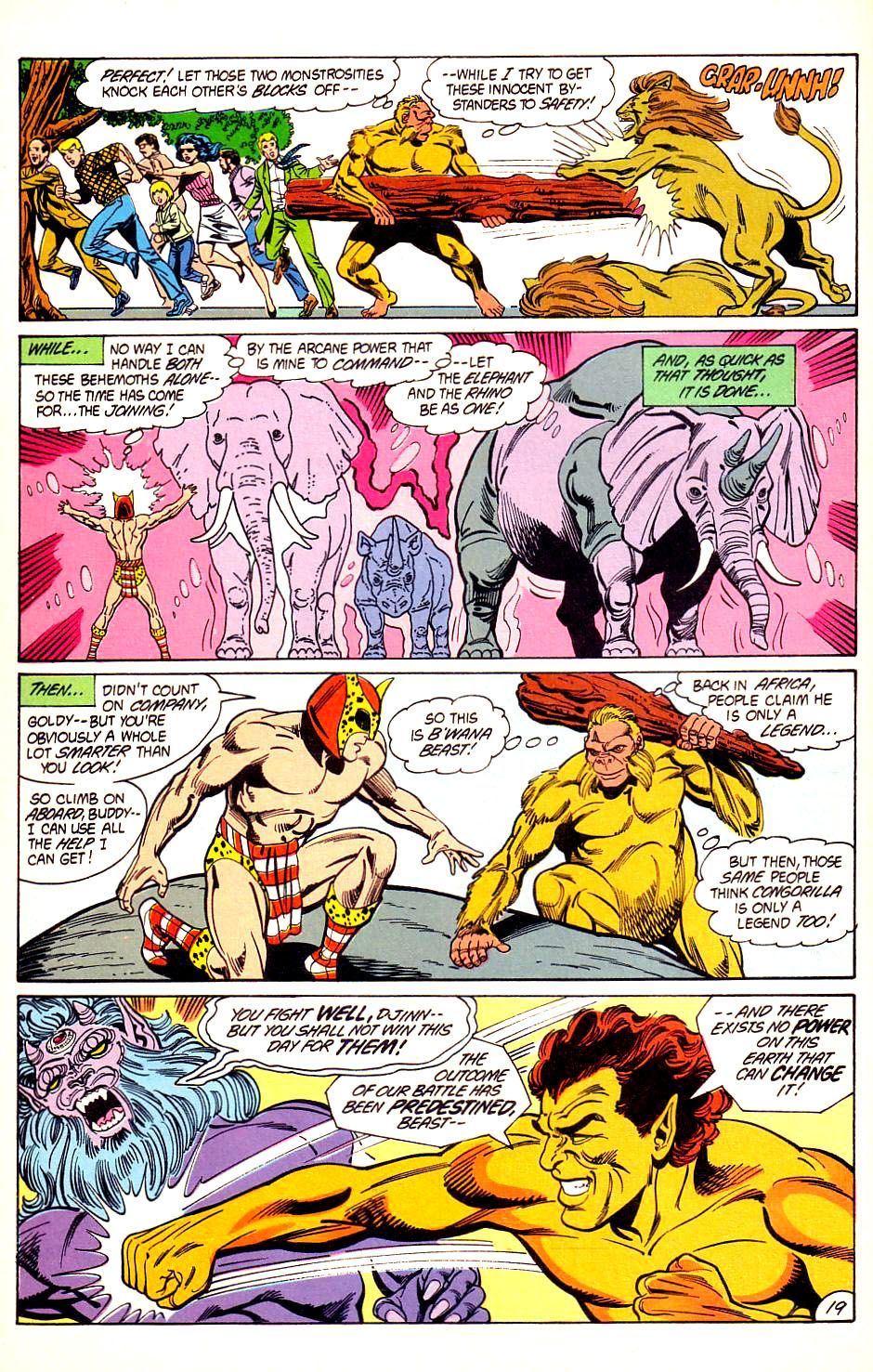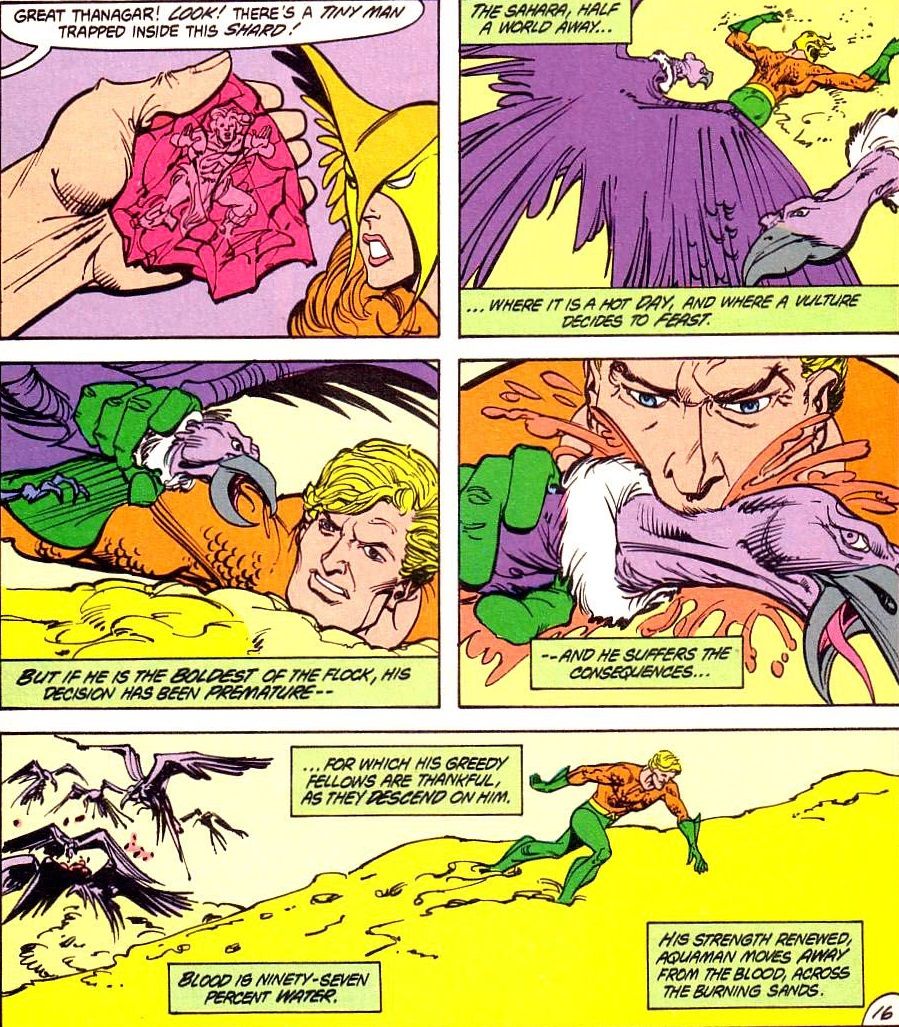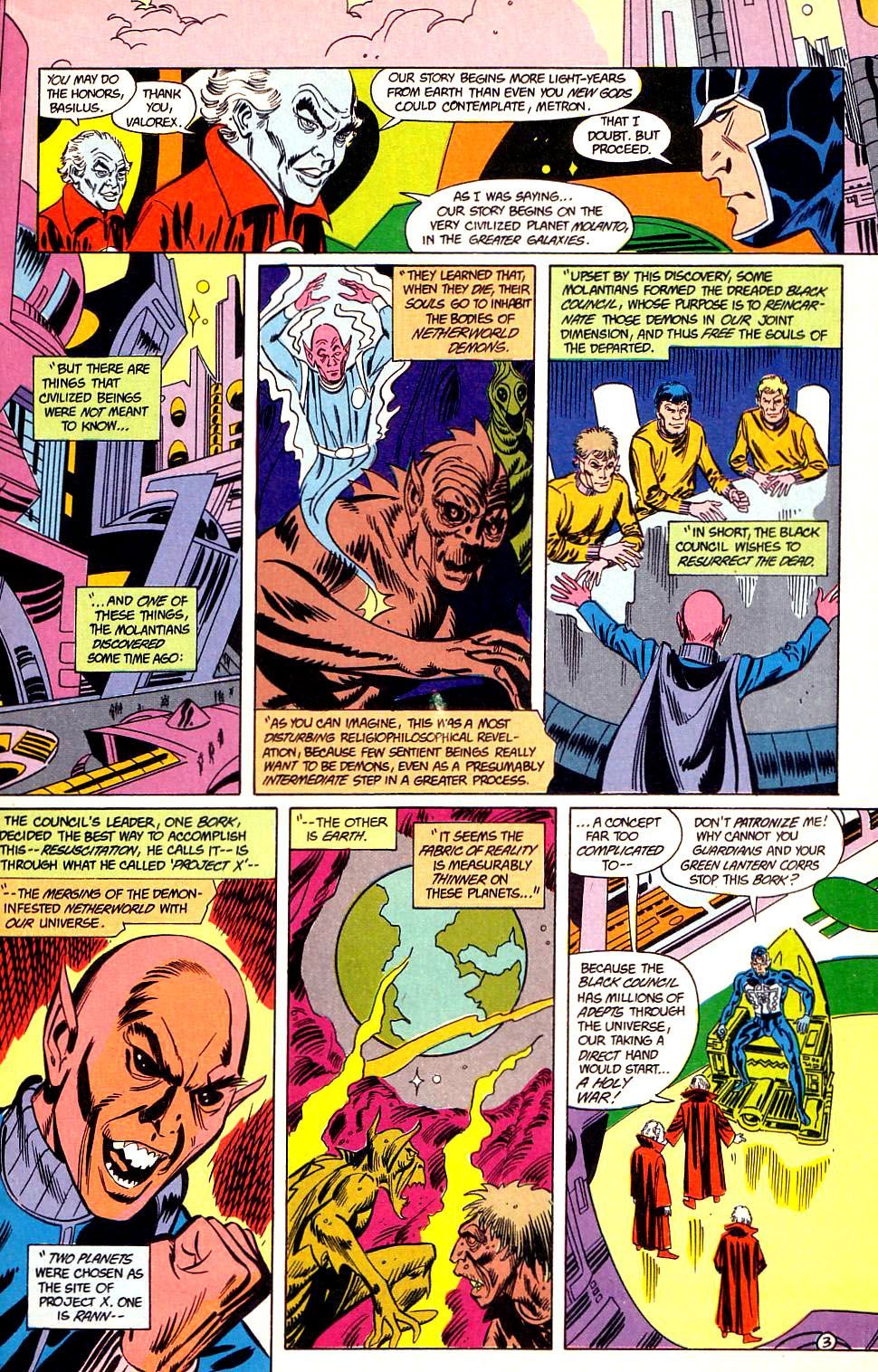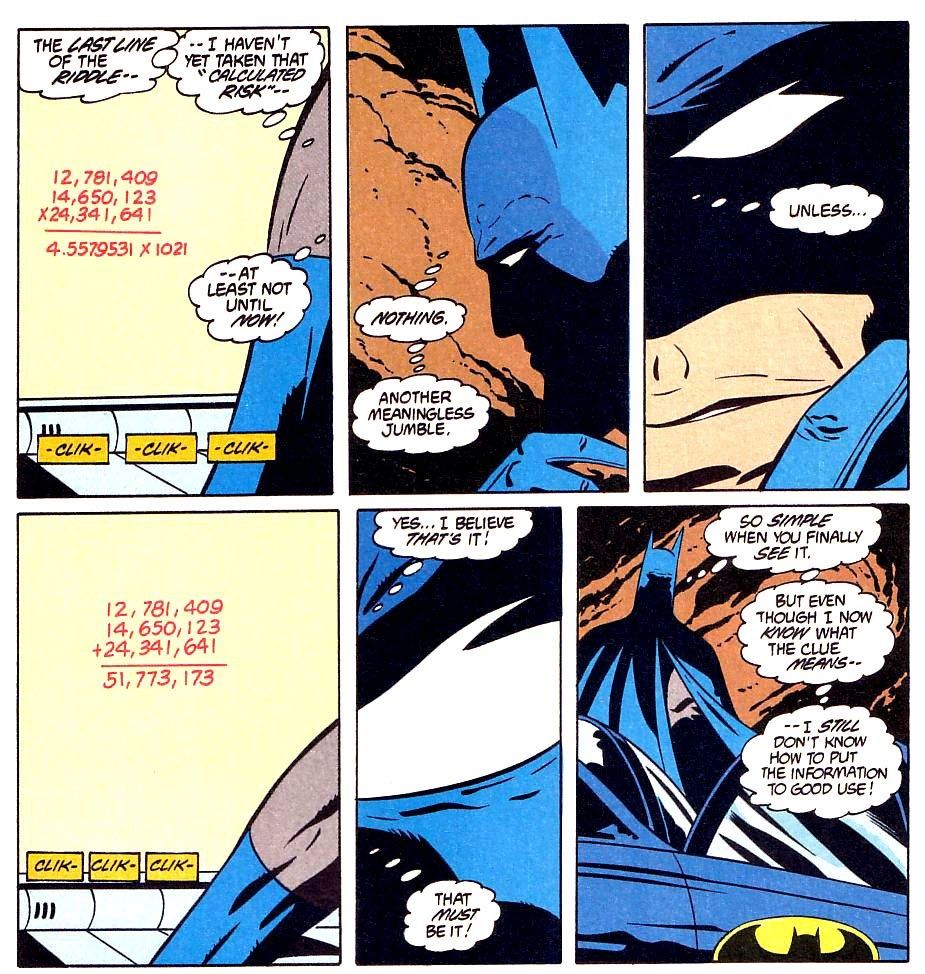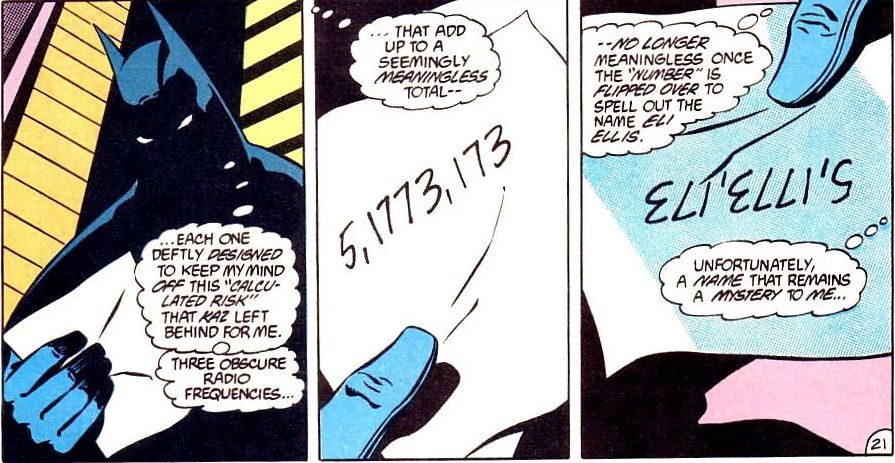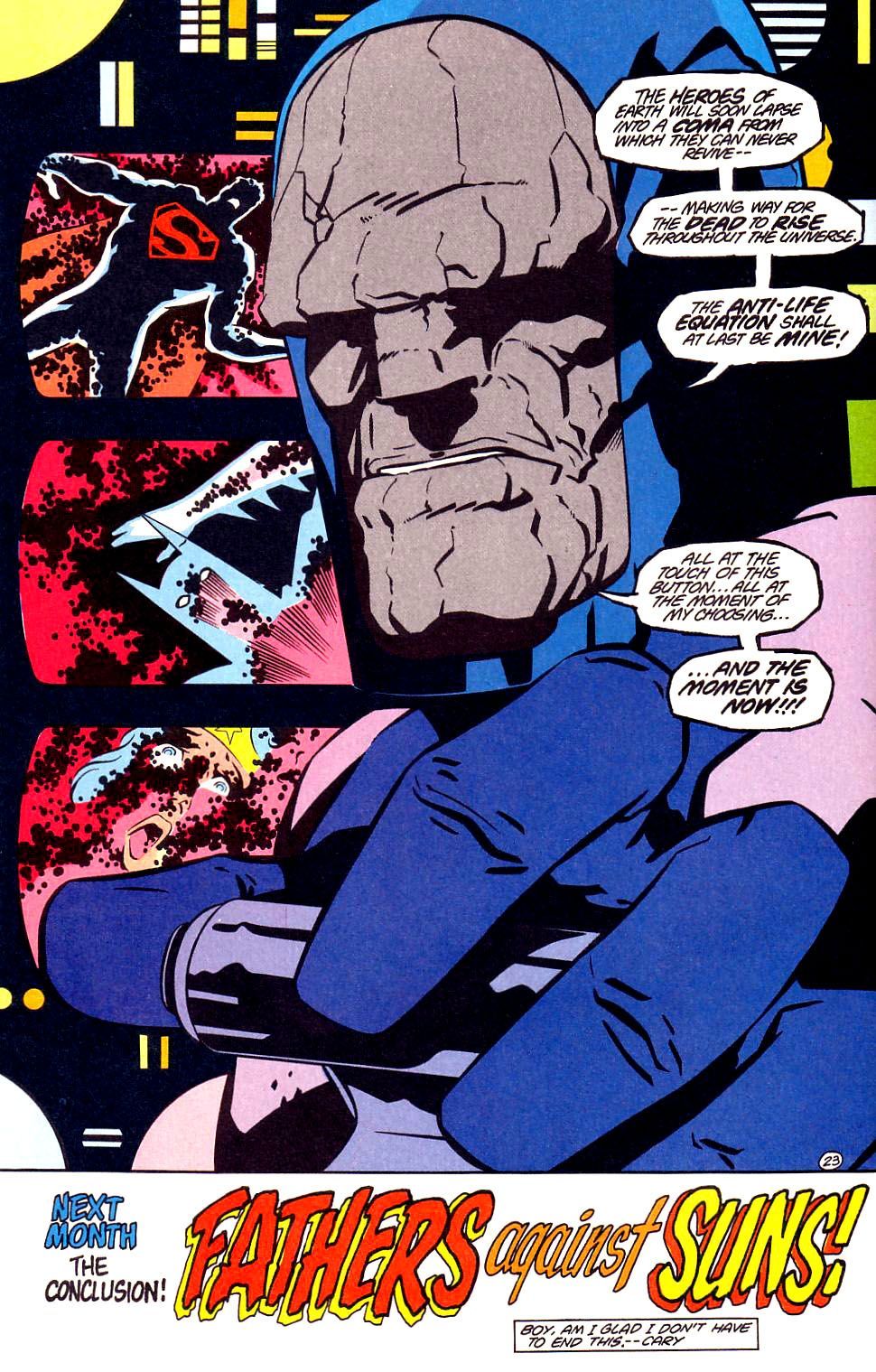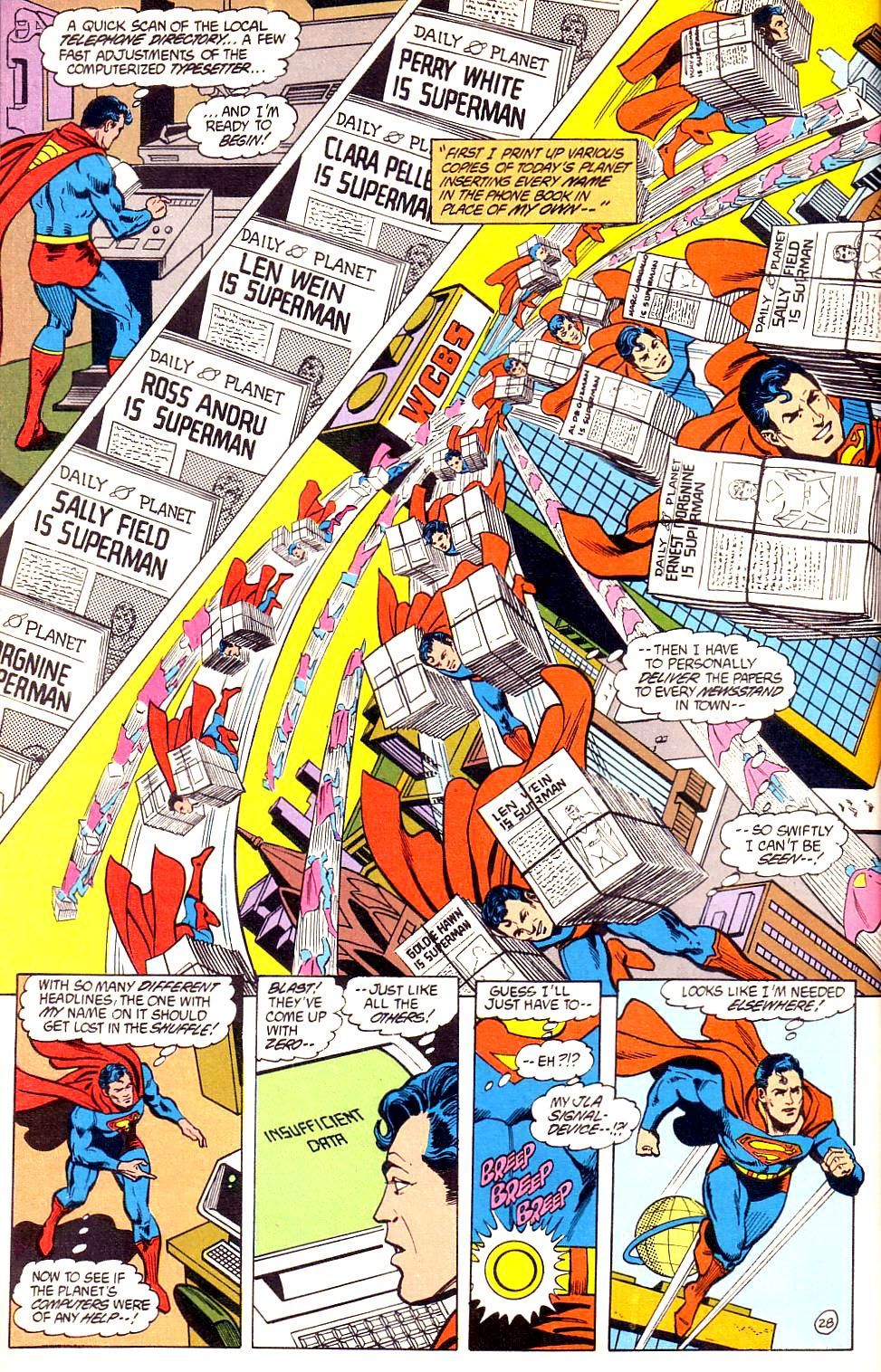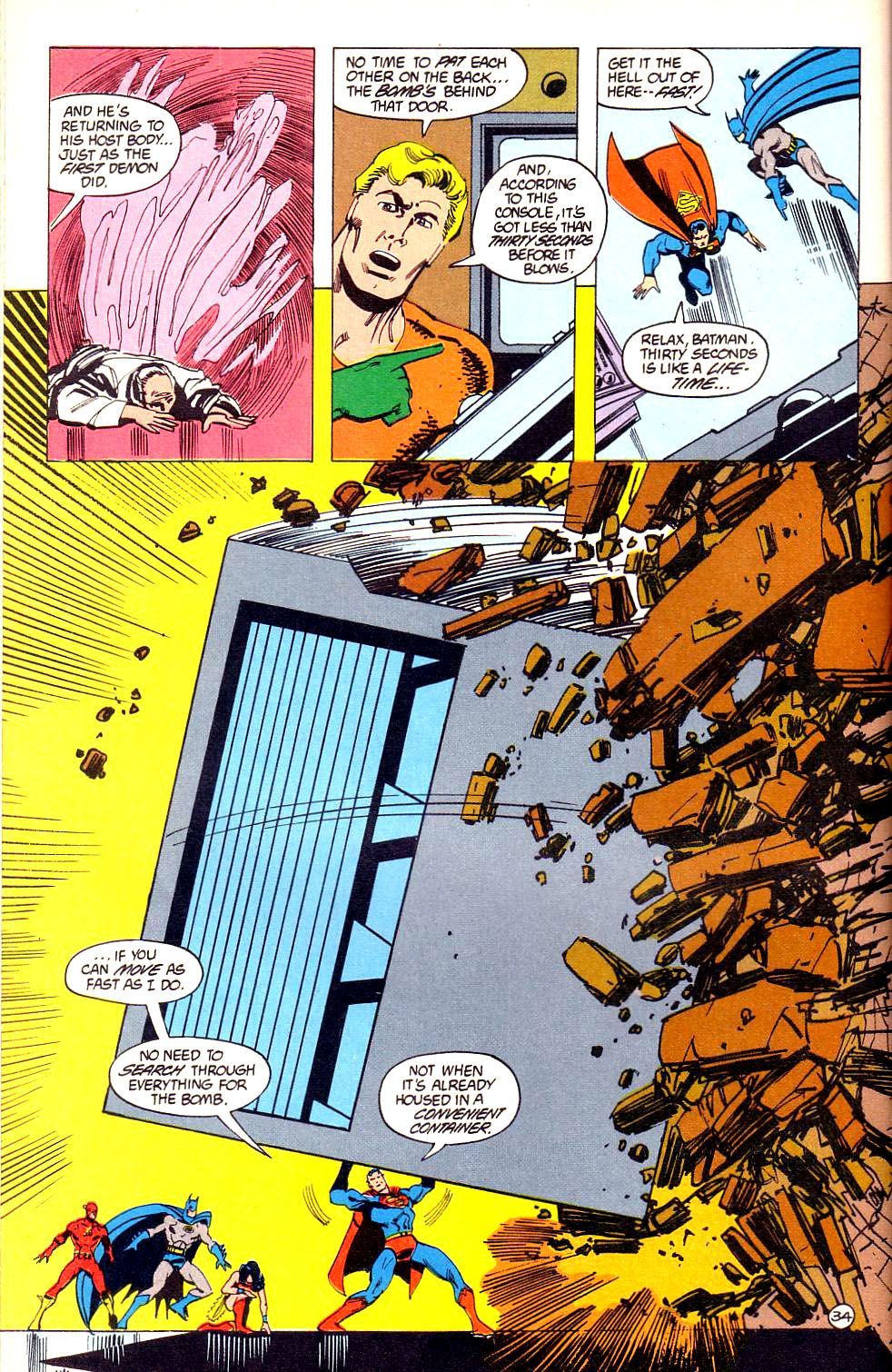This week marks the debut of the "Kamandi Challenge," which is both the first new series starring the original Kamandi since his first series ended nearly forty years ago and the first new "Challenge" comic book DC Comics has put out since the original "DC Challenge" in 1985-86. But what, exactly, is a "Challenge" comic book and what was "DC Challenge" about?
RELATED: “Kamandi Challenge” 24 Creators At Random for “Last Boy On Earth” Stories
"DC Challenge" was an idea that a few comic book writers came up with at the 1983 San Diego Comic Con. The concept of the book was that each issue would be written and drawn by a different writer and artist. They could do anything they wanted and use any character they felt like (outside of characters whose title they were currently writing) but they had to end their issue on a cliffhanger, along with a title for the next issue. The next creative team had to pick up from that cliffhanger and continue the story (using the issue title somehow), ending their issue on a cliffhanger and so on and so forth until the whole thing was wrapped up in the final issue.
The very first issue was by Mark Evanier, Gene Colan and Bob Smith (Evanier was the guy who first came up with the project, so it made sense that he would kick things off). It starred Batman, Superman, Wonder Woman and Adam Strange. It introduced the idea of some sort of alien invasion of Earth, along with strange beings who looked like famous dead celebrities like Humphrey Bogart and Groucho Marx. Also, seemingly dead people were getting possessed by what appeared to be demons somehow tied in to the phases of the moon. Wonder Woman got involved with some scientists.
Aquaman has also gone missing. Towards the end of the issue, Superman was knocked out by someone mysterious while on the moon. Batman was alerted to some mystery that took him to the Gotham City power plant, where he met a turban-wearing alien.
The most difficult mystery later writers had solving involved the following numbers, written on a wall and discovered by Batman...
See if you can even guess as to what that one is about. The first cliffhanger saw Gotham City about to blow up...
Len Wein, Chuck Patton and Mike DeCarlo solved the cliffhanger by having Batman quickly cut the power lines to that area of Gotham City so that Bruce Wayne's VCR (which was a Betamax, by the way) lost power, so the nuclear device was never triggered.
As you might expect, plots were pretty willy nilly brought up and resolved. One of the major things each writer did was to use the ability they had to use any DC character (that they were not already writing) to pull out some really obscure characters from the DC Comics archives. In #2, Wein and Patton had B'wana Beast and Congorilla join in on the fun!
This was more or less B'wana Beast's first appearance since he was first featured in a couple of issues of "Showcase" (unlike other heroes introduced in "Showcase" like Flash and Green Lantern, the B'wana Beast did not have much luck as a hero).
Things really weren't being followed particularly well, but we have to spotlight how Doug Moench resolved a mini-cliffhanger from the second issue. In #2, Aquaman was found but he was in the Sahara desert without any water! So in #3, Moench and artists Carmine Infantino and Bob Smith had Aquaman avoid dying of thirst by grabbing a buzzard and literally drinking its blood!!
Paul Levitz escalated things in the fourth issue (by Gil Kane and Klaus Janson), by having the aliens actively invade the Earth. Levitz also doubled down on obscure characters by having Deadman possess Detective Chimp as part of the story!!
You could tell that they were having a blast with the story when they could really just do whatever they want, including the aforementioned Deadman/Detective Chimp interaction. Levitz also introduced a plot where Superman's identity was about to be revealed in a Daily Planet headline, but no one seemed to be interested in following up on that idea.
RELATED: The Kamandi Challenge #1 (PREVIEW)
The problem with each writer just having a fun time on their own was that not a whole lot of time was spent trying to make the whole thing read as if it were an actual continuing narrative. Plots were introduced, plots were dropped. Joker was in outer space and playing a seemingly important role. Jimmy Olsen and Adam Strange went to a world conquered by Nazis. People kept doing their own thing and not really following up on the main plot. It was not until #8 that any writer even gave Evanier's number puzzle a chance, with Gerry Conway having Batman figure out that those numbers were part of a formula to blow up the Earth (with each number being in megahertz to denote "Vibrational frequences" - hey, he was trying, at least! The other writers didn't even give it a try!).
However, it was not until Roy Thomas took a turn in #9 that things finally got back on track a bit, as Thomas did a wonderful job in #9 (art by Don Heck) of having the Guardians and Metron discuss things, which served as exposition to sort of tie the various plots of the previous 8 issues together...
Issue #11, though, co-written by Marv Wolfman and Cary Bates, was a game-changer, as they finally cracked Evanier's code! Check it out (art by Keith Giffen and Dave Hunt)...
Can you figure it out yet? If not, don't worry, it's super duper obscure. We made sure to include one specific page from issue #1, a page that clearly every other writer skipped over in their story, because the total Batman came up with? If you flip it over...
Yes, Dr. Eli Ellis, the guy who had only made a single brief appearance all the way back in #1, was a key part of the whole puzzle! How hilarious is that? Everyone skipped over this guy until the very end of the series. By the way, Wolfman and Bates also brought in a big bad guy behind everything, someone Giffen loved to draw...
(Isn't it a shame that Jack Kirby wasn't involved in this project at all? He was working for DC a bit at the time).
Issue #12 quickly resolved the Superman identity plot by Superman printing up a bunch of newspapers with other people revealed as Superman...
(Luckily, due to his brilliant glasses disguise, Clark Kent looked as different from Superman as Sally Field).
Ellis, as it turned out, was possessed by a demon follower of Darkseid and Ellis was in charge of a nuclear device so large that it would destroy the whole world. Luckily, with the heroes tipped off to Ellis' role in all of this, they went to his lab and found the bomb and saved the world.
Oh, and the celebrity lookalikes? They were, well, simply that - people who looked like celebrities. Like you see hired for parties and events.
The whole thing ended up as a bit of a crazy mess (especially amusing was that this was all while DC was changing its continuity with "Crisis on Infinite Earths"), but it was also one hell of a fun ride while it lasted. If the "Kamandi Challenge" is half as fun as the original "DC Challenge," we will have a very fun year of comics ahead of us!
NOTE: The full creative teams for the original "DC Challenge" were as follows:
#1 - Mark Evanier, Gene Colan and Bob Smith
#2 - Len Wein, Chuck Patton and Mike DeCarlo
#3 - >Doug Moench, Carmine Infantino and Bob Smith
#4 - Paul Levitz, Gil Kane and Klaus Janson
#5 - Mike W. Barr, Dave Gibbons and Mark Farmer
#6 - Elliot S! Maggin, Dan Jurgens and Larry Mahlstedt
#7 - Paul Kupperberg, Joe Staton and Steve Mitchell
#8 - Rick Hoberg, Dick Giordano, and Arne Starr
#9 - Roy Thomas and Don Heck
#10 - Dan Mishkin, Curt Swan and Terry Austin
#11 - Cary Bates, Marv Wolfman, Keith Giffen and Dave Hunt
#12 - Mark Evanier, Dan Mishkin, Roy Thomas, Gerry Conway, Len Wein, Marv Wolfman, Dan Spiegle, Denys Cowan, Luke McDonnell, Stan Woch, Steve Lightle, Ross Andru, Tom Mandrake, Rodin Rodriguez, Rick Magyar, Jan Duuresama, Gary Martin and Frank McLaughlin

